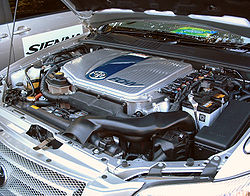mostafa_elwakeel
Member level 1
fuel cells
hi all
any body now any thing about fuel cells
or have a good book or site
thank you
bye
hi all
any body now any thing about fuel cells
or have a good book or site
thank you
bye
Follow along with the video below to see how to install our site as a web app on your home screen.
Note: This feature may not be available in some browsers.

